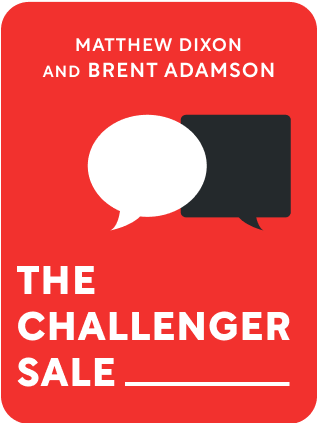

This article is an excerpt from the Shortform summary of "The Challenger Sale" by Matthew Dixon and Brent Adamson. Shortform has the world's best summaries of books you should be reading.
Like this article? Sign up for a free trial here .
Are there new developments in the the solution selling methodology? Is a solution selling process right for you, or should you adopt the challenger sale method?
The Challenger Sale method is an effective new method that focuses on pushing back against customer assumptions. This method is proven more effective than the solution selling methodology. Learn about the challenger sales compared to solution selling methodology, and how it can change your whole approach.
Solution Selling Methodology: Does it Still Work?
It’s long been conventional wisdom that the key to sales success is building strong relationships with customers. But the results of a huge research study of sales reps in the wake of the 2008-09 recession upended that thinking and led to a new model for business-to-business, or B2B, sales.
During the recession, business dried up for most sales reps. Yet a handful succeeded in selling despite the downturn. Researchers with the business advisory firm CEB set out to learn these reps’ secrets to selling in bad times by surveying thousands of sales reps in companies around the world.
As it turned out, the reps’ success had nothing to do with the economy and everything to do the fact that they responded to customers’ needs in a new way: they pushed customers to think and act differently. In The Challenger Sale, authors Matthew Dixon and Brent Adamson of CEB’s research arm explain this new sales approach, how to replicate it in your sales force, and why sales success today—whether in a good or bad economy—depends on it.
The Evolution of Sales
Over the last several decades, more suppliers have begun selling complex “solutions,” or bundles of products and services, rather than just simple products. This is known as solution selling methodology.
Suppliers came up with solution selling methodology selling as a way of differentiating themselves from the competition. Small differences in a company’s product versus a competitor’s product had become harder to sell—customers viewed products from different companies as essentially the same and so chose the ones with the lowest price. However, well-designed bundled offerings are customized and therefore difficult for competitors to duplicate. Bundling also saves suppliers money and allows them to justify premium pricing. Because of these benefits, solution based selling has become the dominant sales strategy in virtually every industry.
But this more complex sales model has been difficult for many reps to execute. One reason is that reps need to develop a deep understanding of the customer’s business, which takes more time. Adding to the time, reps need to build consensus across the customer organization: decision-makers won’t agree to a costly, complicated deal without it. Customers are also more risk averse and more likely to demand customization and use third-party consultants to vet deals and try to get better terms.
One Type of Sales Rep Excels
CEB’s researchers found there are five types of sales reps:
- Challenger: Challenges the customer and takes control of the sales conversation
- Hard Worker: Goes the extra mile
- Relationship Builder: Focuses on building strong customer relationships
- Lone Wolf: Does things his way
- Reactive problem-solver: Always at the customer’s beck and call
Each type can be a high performer, but only one type—the Challenger—consistently excels in the complex solution based selling environment.

———End of Preview———
Like what you just read? Read the rest of the world's best summary of Matthew Dixon and Brent Adamson's "The Challenger Sale" at Shortform .
Here's what you'll find in our full The Challenger Sale summary :
- Why the best salespeople take control of the sale and challenge the customer's thinking
- How to package your company with a key insight to spark an "a-ha" moment
- How to get the organizational support you need to maintain your sales edge






